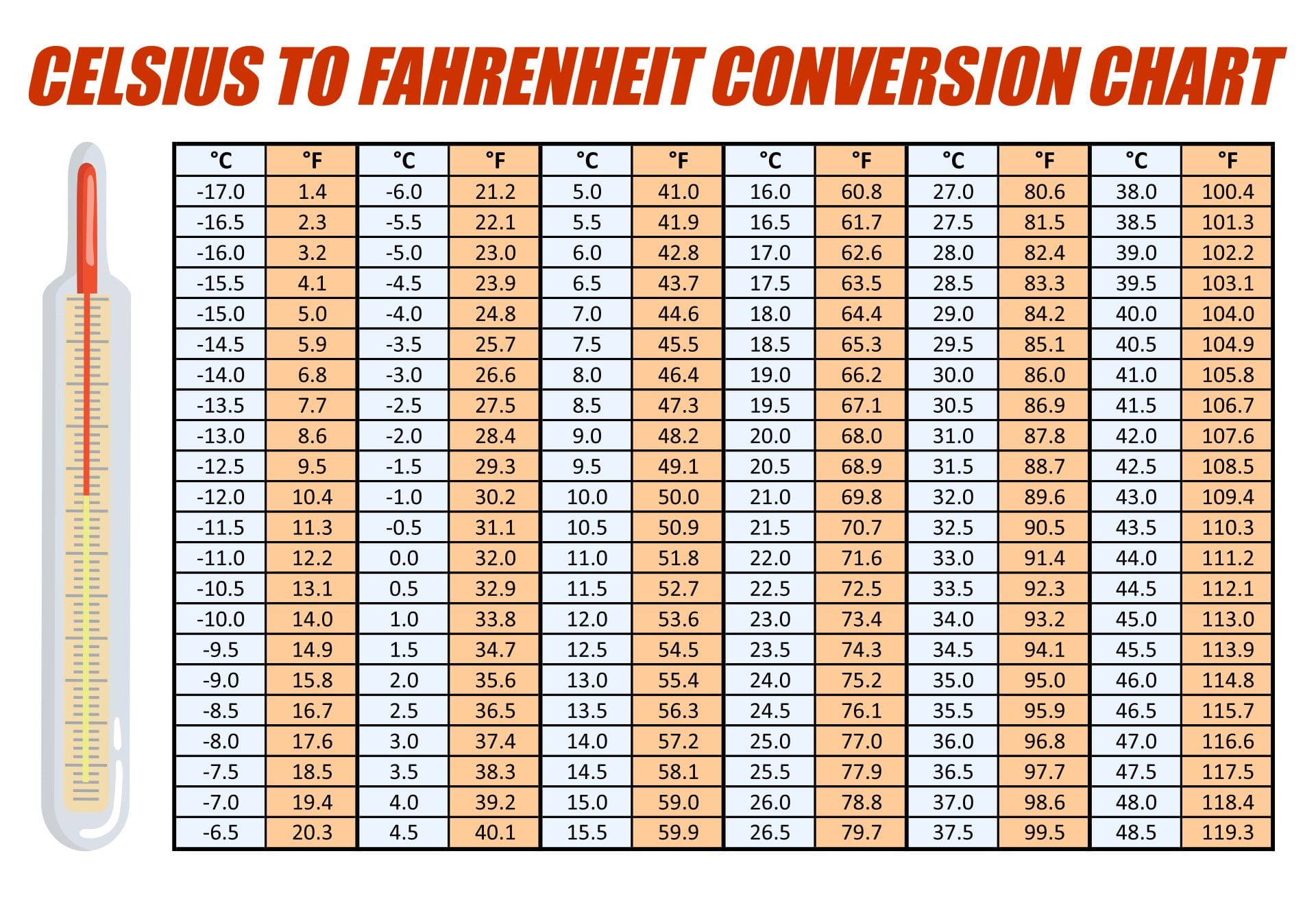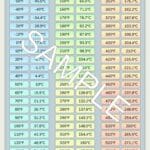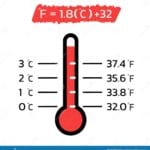This guide provides a clear, concise explanation of how to convert 98°F to Celsius, along with helpful context and frequently asked questions. We’ll cover the formula, real-world applications, and address common misconceptions about body temperature. Ever wondered what 425 F in centigrade is? Uncover the answer and dive into the fascinating world of temperature conversions! Or perhaps you’re curious about converting weight measurements? Discover how much 218 pounds to kilos equates to and unlock the secrets of weight conversions!
425 f in centigrade
Converting Fahrenheit to Celsius: 98°F and Beyond
Understanding the Conversion
98°F converts to 36.67°C. This conversion is easily achieved using the standard formula: (°F – 32) × 5/9 = °C. Let’s apply this to our example: (98 – 32) × 5/9 = 36.67°C. This temperature is within the normal range for human body temperature, though individual variations exist.
Why This Matters
Understanding temperature conversion is practical for everyday situations. Checking the weather forecast, following a recipe, or understanding a medical thermometer all may require converting between Fahrenheit and Celsius. For instance, many recipes use Celsius as it’s the standard measurement in many kitchens and scientific contexts.
100°F to Celsius: Demystifying the Conversion
Quick Answer & Calculation
100°F equals 37.8°C. This conversion uses the same formula: (100 – 32) × 5/9 = 37.8°C. To convert from Celsius back to Fahrenheit, the equation is: (°C * 9/5) + 32 = °F. Think of it like translating between two languages—Fahrenheit and Celsius.
Real-World Significance
100°F (37.8°C) represents a hot summer day. It’s substantially warmer than 0°C (32°F), the freezing point of water, yet significantly cooler than 100°C (212°F), its boiling point. Think of a sunny summer afternoon; probably a good day for a picnic in the park or a refreshing dip in the pool. Certainly warmer than a chilly 0°C (32°F) winter day, and definitely much cooler than boiling water at 100°C (212°F)!
Fahrenheit vs. Celsius: Historical Context
Daniel Gabriel Fahrenheit developed the Fahrenheit scale, initially basing 0°F on the freezing point of a specific brine solution. Anders Celsius created the Celsius scale, defining 0°C as the freezing point and 100°C as the boiling point of water, making his scale easier to relate to everyday natural phenomena.
Is 98.0°F a Fever? Decoding Body Temperature
Normal Body Temperature: Understanding the Range
98°F (36.67°C) is not considered a fever. While 98.6°F (37°C) is often cited as “normal,” body temperature fluctuates throughout the day due to factors like activity level, time of day, and age. Ongoing research suggests that average body temperatures may even be slightly lower than traditionally believed.
Defining Fever
Fever is generally defined as a body temperature of 100.4°F (38°C) or higher. It’s the body’s natural defense mechanism against infection.
Factors Influencing Body Temperature
Several factors influence body temperature besides illness, including:
- Age: Body temperature tends to decrease with age.
- Time of Day: It’s usually lower in the morning and higher in the evening.
- Activity Level: Exercise increases body temperature.
- Hormonal Changes: Women’s body temperature may shift during their menstrual cycle.
Tracking your basal body temperature (your lowest temperature during rest) may even offer insight into your menstrual cycle and fertility.
100°C to Fahrenheit: Boiling Point and Beyond
The Conversion: From Celsius to Fahrenheit
100°C is equal to 212°F. To calculate this, use the formula: °F = (°C × 9/5) + 32. So, (100 × 9/5) + 32 = 212°F.
Significance of 212°F: The Boiling Point of Water
212°F marks the boiling point of water at standard atmospheric pressure—a critical reference point in science and everyday life, particularly in cooking. This also explains why water boils at a lower temperature at higher altitudes where the atmospheric pressure is reduced.
Quick Conversion Tips
Beyond the formula, online converters and charts provide quick Celsius-to-Fahrenheit conversions. The “double and add 30” rule offers a rough estimate, especially for weather temperatures (double the Celsius value and add 30), but it’s not precise.
Celsius vs. Centigrade
While technically different historically, Celsius and centigrade are now used interchangeably.
Ongoing Research
The field of thermometry continues to evolve. Research into more precise temperature measurement, particularly at extreme temperatures, is ongoing, meaning our current understanding may be refined in the future.
Quick Conversion Table
| Fahrenheit (°F) | Celsius (°C) |
|---|---|
| 97.8 | 36.56 |
| 98.0 | 36.67 |
| 98.2 | 36.78 |
| 98.4 | 36.89 |
| 98.6 | 37.00 |
| 98.8 | 37.11 |
| 100 | 37.8 |
| 32 | 0 |
| 212 | 100 |
FAQs
- Is 98°F normal? Yes, it’s within the healthy range.
- Why do recipes use Celsius? The metric system, which includes Celsius, is the standard in many countries.
- Does body temperature change? Yes, it fluctuates based on several factors.
This comprehensive guide provides a detailed explanation of temperature conversions, focusing on 98°F to Celsius and other relevant examples. The information presented here blends scientific accuracy with practical application, making it a valuable resource for a broad audience.
- Crypto Quotes’ Red Flags: Avoid Costly Mistakes - June 30, 2025
- Unlock Inspirational Crypto Quotes: Future Predictions - June 30, 2025
- Famous Bitcoin Quotes: A Deep Dive into Crypto’s History - June 30, 2025

















2 thoughts on “98°F to Celsius: A Quick Conversion Guide & FAQs”
Comments are closed.